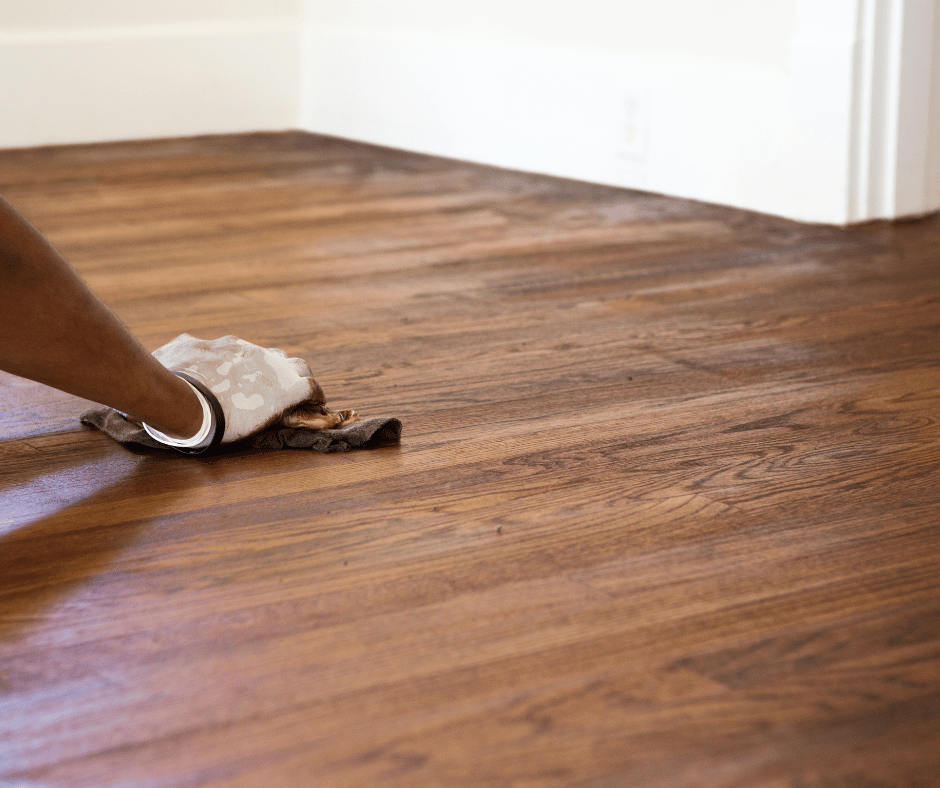To acquire the appearance and feel of genuine wood at a lower cost than solid wood flooring, engineered wood flooring is the greatest alternative for those on a tight budget. Actually, it’s constructed with a solid wood veneer bonded to plywood layers using heat and pressure. Hardwood and softwood may be used in the top layer of engineered timber flooring Perth, but the kind of flooring depends on which type of wood is utilized.
Engineered wood flooring is crafted from the following kind of wood:
If you’re looking for a certain kind of wood, you’ll have less selection to work with engineered wood. Most engineered hardwood flooring is made from one of many common wood species, including red oak, hickory, and Brazilian Cherry. The most common types of wood used in engineered softwood flooring are pine, spruce, and cedar.
Dimensions:
There are between 1.5 and 4 millimeters of solid wood on the top. The standard thickness for engineered boards is between 8 and 15 millimeters. The width of this board varies between 57 and 178 millimeters.
Properties:
- Durability: It lasts between 30 and 40 years. Because genuine wood is thinner, its protective coating wears off and deteriorates over time. As an additional downside, engineered softwood flooring doesn’t stand the test of time as well as its engineered hardwood counterpart.
- Stability in Dimensions: Engineered wood flooring perth is superior to timber floor perth in dimensional stability because of its multi-layer core. As a result of the adhesive connection between the layers, the effects of expansion and contraction at high and low temperatures are kept to a minimum. As a rule of thumb, a gap of 1.5 mm should be provided at a minimum of 12 meters in length and 8 meters in breadth.
- Moisture resistance: Though engineered wood flooring is water-resistant initially, it will weaken if constantly exposed to damp conditions.
- Abrasion resistance: Compared to solid wood flooring, an engineered wood that has already been prefinished offers superior scratch resistance.
Low-traffic spaces, such as bedrooms, may benefit from engineered softwood flooring, while high-traffic areas, such as living rooms, can benefit from engineered hardwood flooring. For a more authentic look and feel, choose modern timber flooring for the living room or bedroom and engineered wood flooring for the kitchen or basement.
Advantages and Disadvantages of Engineered Wood Flooring:
Advantages:
- It costs less than solid wood flooring. The cost of engineered hardwood flooring is higher than that of engineered softwood flooring.
- It enables the installation of under-floor heating equipment, while solid wood flooring does not.
- It only employs a top layer of solid wood, conserving natural wood. Furthermore, the plywood layers are made from scrap wood, reducing waste. As a result, it is a green choice.
- Engineered wood flooring is simple to maintain by vacuuming and wiping with a wet cloth.
- It is simple to install and may be cemented into the concrete flooring.
- Since it is dimensionally stable, it may be used efficiently in kitchens and basements.
- Engineered wood flooring is often pre-finished and has a reasonably good resistance to scratches and dents.
- It adds up to the property’s worth.
Disadvantages:
- Engineered wood flooring may be sanded once or twice before it has to be replaced.
- Installing engineered wood flooring in bathrooms with wet regions is not suggested.
- Because genuine wood and plywood react differently to temperature and humidity fluctuations, cracks may form if the top solid wood layer is not correctly attached to the plywood.
- Engineered wood flooring must be repolished regularly.
- Engineered wood flooring is loud, so avoid wearing high heels on it.

Leave a Reply
You must be logged in to post a comment.